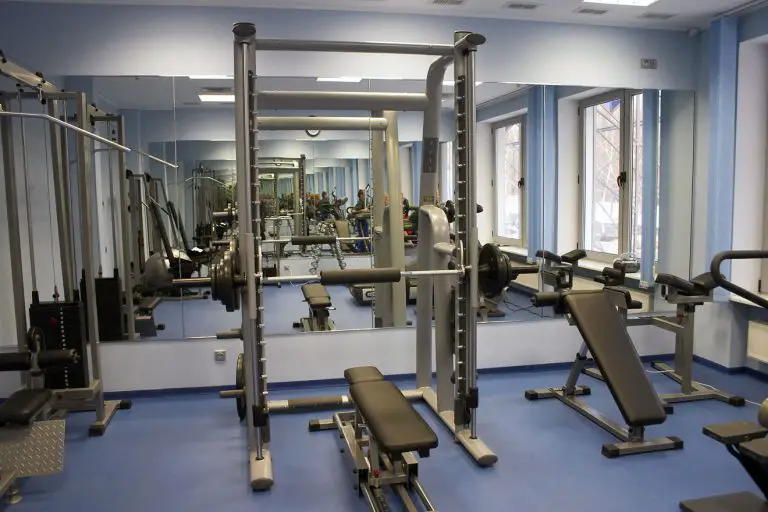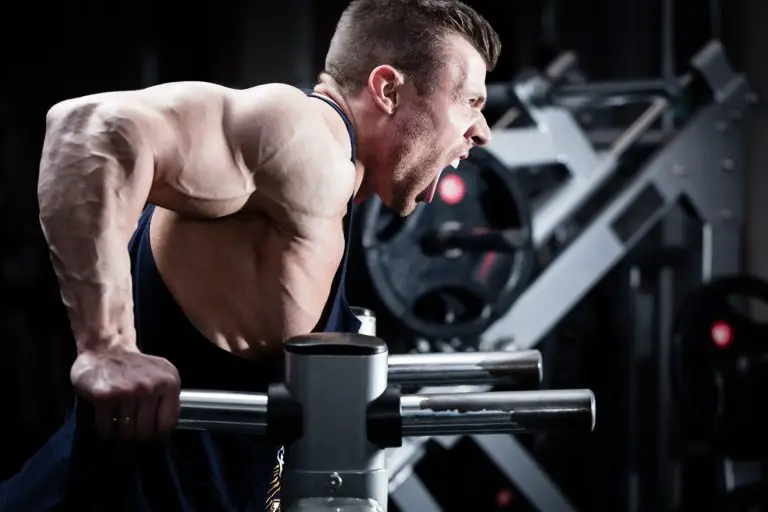Top recovery hacks for serious gym-goers
Key Messages
- Recovery is essential for muscle growth, endurance, and injury prevention.
- Optimizing sleep, nutrition, and active recovery can dramatically improve results.
- Advanced recovery tools, such as contrast therapy and wearable tech, can take recovery to the next level.
Why Recovery Matters More Than You Think
Training hard is only half of the equation. What you do between workouts determines how well your body repairs, adapts, and performs. Neglecting recovery leads to stalled progress, chronic fatigue, and an increased risk of injury.
Most gym-goers focus on the basics—getting enough sleep, drinking water, and consuming protein—but elite-level recovery requires a more intentional approach. If you want to build strength, boost endurance, and recover faster, here’s what you need to know.
Optimize Your Sleep for Faster Recovery
Sleep isn’t just about resting; it’s when your body releases growth hormone, repairs muscle tissue, and resets energy stores. Poor sleep means slower muscle recovery, reduced strength, and more soreness.
To improve recovery, aim for at least 7–9 hours of quality sleep per night. Timing also matters—sleeping in 90-minute cycles (e.g., 6, 7.5, or 9 hours) can help you wake up more refreshed. Keeping your room cool (60–67°F or 15–19°C) and avoiding blue light from screens an hour before bed will also enhance sleep quality.
Supplements such as magnesium glycinate or glycine can promote deeper sleep and muscle relaxation. If you struggle with soreness, a pre-bedtime serving of casein protein can support overnight muscle repair.
Use Contrast Therapy to Reduce Inflammation
Post-workout soreness is often caused by inflammation and poor circulation. One of the most effective ways to speed up recovery is contrast therapy, which involves alternating between cold and hot water. This method helps flush out metabolic waste and improve blood flow to tired muscles.
The best approach is 1 minute in cold water (50°F/10°C), followed by 2–3 minutes in warm water (100°F/38°C), repeated 4-5 times. If you don’t have access to an ice bath or sauna, even alternating between hot and cold showers for a few minutes can improve recovery.
Wearable Tech and Compression Gear for Recovery
Recovery tools once reserved for professional athletes are now widely available and can make a big difference.
- Wearable devices like the Whoop Strap or Oura Ring can track Heart Rate Variability (HRV), helping you monitor recovery levels and adjust training intensity accordingly.
- Percussion massage guns such as Theragun or Hypervolt can improve circulation and speed up muscle repair.
- Compression gear helps reduce swelling and improve blood circulation. Many lifters, especially those doing intense leg training, find that wearing compression socks post-workout reduces soreness and improves recovery. Checking out a men’s compression socks collection can be a simple but effective way to support leg recovery after heavy training sessions.
Advanced Nutrition for Recovery
Protein is essential for muscle repair, but other nutrients play a huge role in recovery. A post-workout meal should include 25–40 g of protein alongside fast-digesting carbs like rice, oats, or fruit to replenish glycogen stores.
Certain lesser-known supplements can also enhance recovery:
- Collagen + Vitamin C: Supports joint, tendon, and ligament repair—crucial for lifters.
- Tart Cherry Juice: Reduces muscle soreness and inflammation while improving sleep.
- Creatine Monohydrate: Not just for strength—creatine helps reduce muscle damage and speed up recovery.
- Electrolytes & Coconut Water: Essential for rehydration, especially after sweaty training sessions.
Before bed, slow-digesting protein sources like casein, cottage cheese, or Greek yogurt can help sustain muscle repair throughout the night.
Active Recovery: Why Rest Days Shouldn’t Be Lazy Days
Recovery doesn’t mean doing nothing. Staying completely sedentary can increase stiffness, whereas low-intensity movement can flush out lactic acid, improve mobility, and prevent injuries.
On rest days, include:
- 10–15 minutes of dynamic stretching or mobility work (hip openers, thoracic rotations, resistance band exercises).
- Low-intensity cardio (walking, cycling, or swimming at 40-50% effort) to keep blood flowing without overloading the muscles.
- Foam rolling or vibration therapy to improve circulation and reduce muscle tightness.
Skipping active recovery increases the risk of muscle tightness, poor mobility, and delayed-onset muscle soreness (DOMS).
Manage Stress to Prevent Overtraining
Training stress + life stress = slower recovery. When stress levels are too high, cortisol levels increase, which can lead to muscle breakdown, poor sleep, and slower healing.
To keep cortisol in check:
- Practice deep breathing techniques like box breathing (inhale for 4 seconds, hold for 4 seconds, exhale for 4 seconds, hold for 4 seconds).
- Get sunlight exposure in the morning to regulate your circadian rhythm and improve sleep.
- Try cold exposure (3–5 minutes per day) to reduce inflammation and improve mental clarity.
If your recovery feels sluggish, stress management may be the missing piece of the puzzle.
Final Thoughts: Train Hard, Recover Smarter
Many gym-goers put 100% effort into training but neglect recovery, which leads to plateaus, chronic soreness, and frustration. If you want to keep making progress, you need a strategic recovery plan that includes high-quality sleep, contrast therapy, proper nutrition, active recovery, and stress management.
By treating recovery as seriously as your workouts, you’ll recover faster, reduce injuries, and improve long-term performance. Train hard—but recover smarter.







